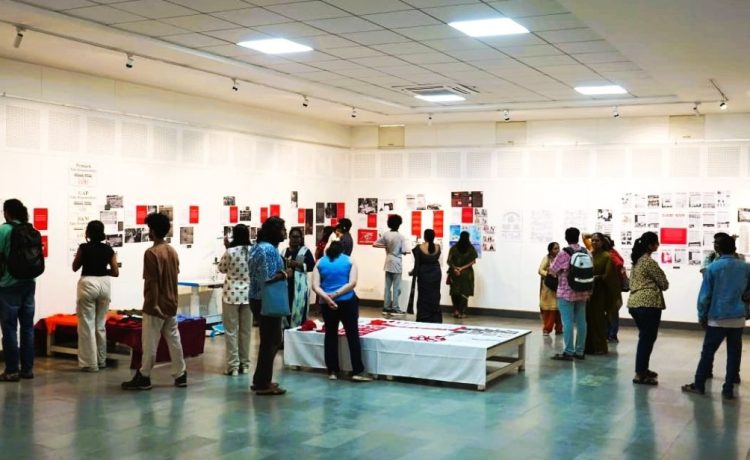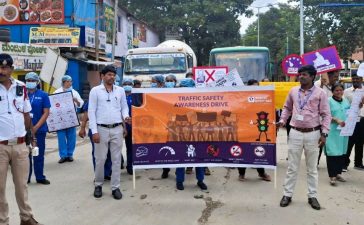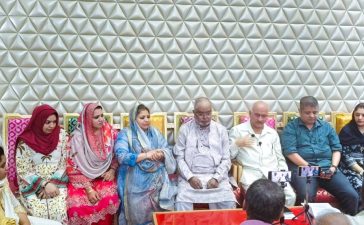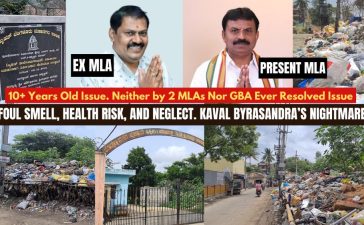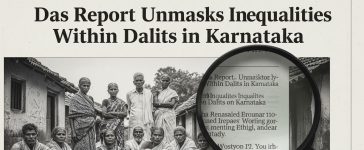Exhibition Weaves Together the Invisible Threads of Bengaluru’s Garment Worker Struggles
Bengaluru – In a powerful move to stitch their narrative back into the fabric of the city’s history, the Garment and Textile Workers Union (GATWU) hosted a two-day exhibition, “Stitching Lives: Garment Work and Activism in Bengaluru,” on August 30th and 31st. The event showcased two decades of collective struggle by the city’s predominantly female garment workforce, a community of over 500,000 that remains largely unseen in the public eye.
The exhibition, drawn from the archives of GATWU and the Garment Mahila Karmikara Munnade, challenged the erasure of these workers’ contributions. It chronicled the political economy of garment work and the significant, hard-won victories of unionization. A central feature was the launch of a dedicated digital archive, https://garmentworkersarchive.org, to preserve this history for future generations.
A Legacy of Collective Resistance
Historian and curator Swathi Shivanand reflected on the long history of collective action. She emphasized that these women-led struggles have consistently challenged exploitative factory practices to demand dignity and justice. “The exhibition was to show how their struggles have inspired significant changes in working conditions and redefined what it means to fight for dignity at work,” Shivanand stated.
This sentiment was echoed by Prathiba R., President of GATWU, who recounted the union’s two-decade journey. She detailed the early battles for the most basic facilities. “It was only through sustained union struggles that managements were compelled to provide amenities such as crèches, drinking water, toilets, and transport,” she said.
However, Prathiba stressed that these victories are incomplete. “The fight for minimum wage remains unfinished despite years of demands and agitation. Most garment workers are women, and the denial of minimum wages is nothing less than institutionalised gender discrimination.”

Triumphs and Ongoing Battles
The stories of resilience were personal and profound. Chikamma, a GATWU Executive Committee member, shared her experiences, highlighting important victories secured through unionization while acknowledging that challenges are far from over. “We will continue to fight and ensure our rights,” she affirmed.
Naveen, GATWU Vice President, recounted a landmark 51-day struggle in Srirangapatna against an illegal lay-off. He detailed how workers stood united against intimidation, ultimately forcing the company to reinstate them and concede to their demands.
The event also drew connections to a global historical context. Clifton D’Rozario, Vice-President of AICCTU, pointed to the 1908 strike by women garment workers in New York that led to the eight-hour workday. He also highlighted recent victories, noting that it was the “united resistance of garment workers in Bengaluru” that forced the Indian government to roll back regressive changes to Provident Fund withdrawal rules.
“Every right we have today is the result of a struggle yesterday. As we recollect the past struggles, we must also prepare ourselves to resist future attacks on workers’ rights,” D’Rozario cautioned.
Media Updates: +91-93531 21474 [WhatsApp] | indianowme@gmail.com
Systemic Threats and a Call to Action
This warning of future attacks was a central theme. Maitreyi Krishnan, Honorary President of GATWU, warned that hard-won rights are under severe threat. She highlighted recent moves to extend working hours in factories as a direct attempt to reverse the century-old achievement of the eight-hour workday.
She, along with noted writer and activist Du Saraswati, framed the issue as one of fundamental justice and gender equality. Saraswati, who spoke of her long connection with the movement, praised the resilience of women workers who “despite facing poverty, discrimination, and exploitation, continued to fight collectively for their rights.”
Krishnan drove the point home: “The persistent denial of equal minimum wages to garment workers—most of whom are women constitutes systemic gender discrimination. Such discriminatory practices cannot be accepted in a constitutional democracy.”
The exhibition served not just as a retrospective but as a urgent call to arms, urging broader public solidarity to support the ongoing fight for dignity, fair wages, and justice for the hands that clothe the nation.
![]()

